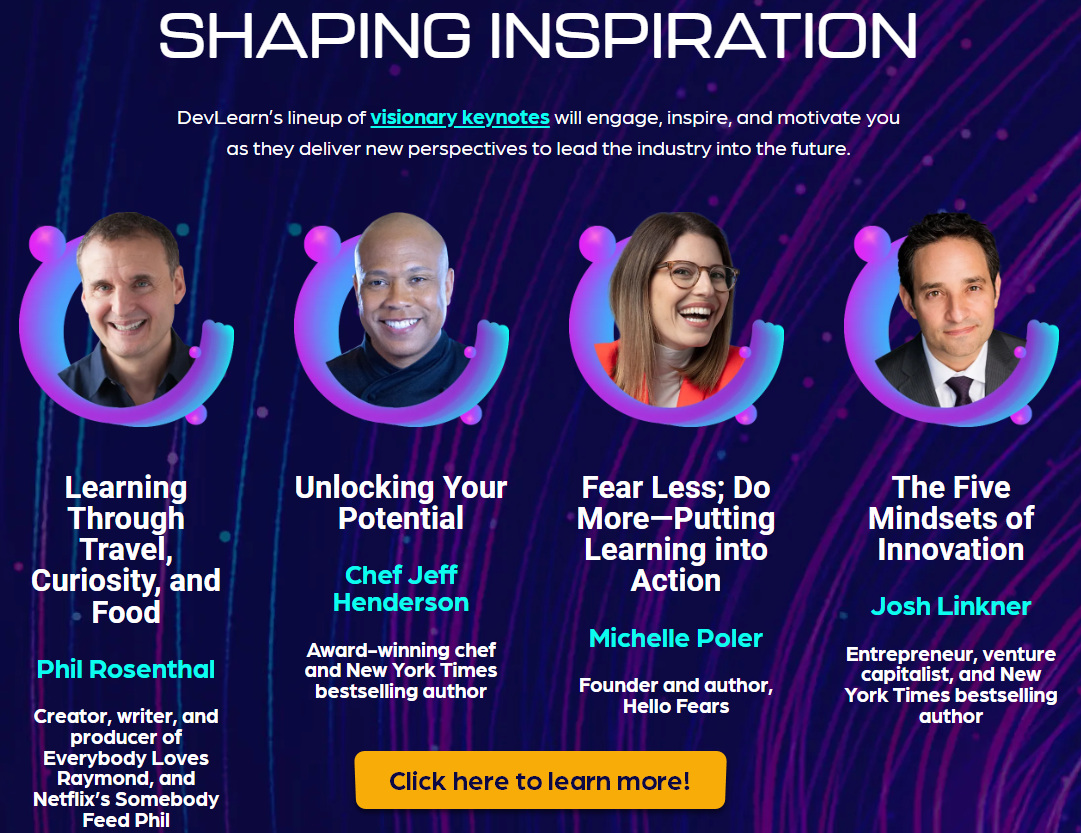I read through a number of articles and blog posts each day as part of my ongoing professional development. Each week, I curate a few of my favorites, including a brief introduction explaining why I find the post valuable and recommend you read it.
Here’s a summary of this week’s content:
- Questions to ask vendors providing AI solutions
- The true potential of XR for learning
- Using ChatGPT to inform decisions
- How to build your creative thinking skills
- How to create your own character illustrations using AI
5 Key Questions to Ask AI Vendors & How to Understand the Answers
Discerning how AI and LLMs align with your needs is crucial in the fast-paced realm of learning tech. This article by Markus Bernhardt and Page Chen explores essential questions to ask vendors and insights into making informed AI choices for your learning solutions.
The True Impact of XR on Education: Beyond the Hype
The transformative potential of AR/VR technologies in reshaping education goes beyond just engagement enhancements. This article by Roman Axelrod delves into the profound impact of Extended Reality (XR) on vocational training, bridging the gap between simulation and real-life work, ensuring workplace safety, and addressing workforce shortages.
Using ChatGPT to Make Better Decisions
While not a replacement for human judgment, this article by Thomas Ramge and Viktor Mayer-Schönberger reveals the potential of large language models in offering diverse perspectives, challenging biases, and eventually shaping the future of decision-making in management.
Creative Thinking Exercises: Unleash Your Innovative Potential
Creative thinking requires practice. This article by Christy Gren explores engaging activities ranging from brainstorming with friends to drawing inspiration from nature, all curated to push your boundaries and ignite your imagination.
Simple Tips on Creating Your Own Illustrations with AI
This article by Tom Kuhlmann delves into the intricacies of AI-prompted image creation, offering valuable tips on character, action, style, and navigating built-in biases, while also sharing insights on achieving consistent design styles.



